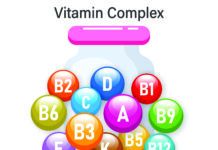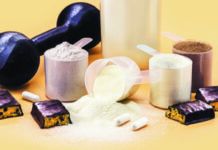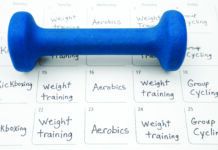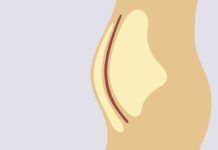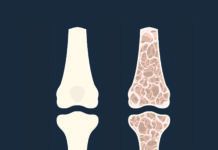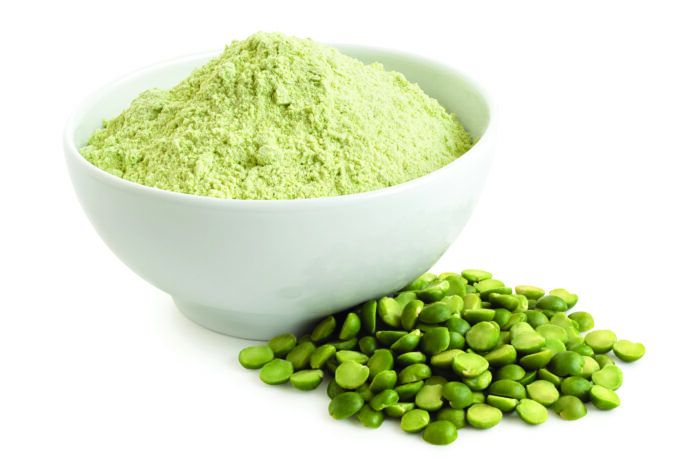Pea protein is showing up in everything, from protein powders to plant-based beverages. Consumers should have the facts about this and other extracted proteins so they can make educated decisions.
What is Pea Protein? Although we typically classify peas as a vegetable on our dinner plates, they are legumes (beans, peas, and lentils). Like other legumes, peas are a plant source of protein (along with carbohydrates, fiber, vitamins, minerals, and phytochemicals).
➧ Quality Counts. Pea protein is fairly “complete,” meaning it has an essential amino acid make-up similar to that of animal proteins. ➧ Processing Impacts Nutrition. Consuming pea protein is not as nutritious as eating peas or other legumes. ➧ Extra Protein is Rarely Necessary. Most people in the U.S. get more than enough protein to build and maintain muscle without protein supplements or protein-fortified foods. ➧ “High Protein” Does Not Equal “Healthy.” Adding pea (or any other) protein to unhealthy food does not make it healthy.
Pea protein has a lot of traits that make it appealing to a wide variety of people: it’s vegan, gluten free, lactose free, and contains none of the major allergens. The protein in peas is also relatively “complete,” meaning it contains all the essential amino acids in amounts our bodies need. In order to understand this last statement, we need to get a bit technical: Proteins are built from amino acids. Of the 20 amino acids, nine are essential, meaning our bodies cannot make them and we must get them from food. Animal proteins contain all nine essential amino acids in amounts our bodies need—so they are known as “complete” proteins. Plants are usually low in at least one of the nine essential amino acids, hence, they are termed “incomplete.” Soybeans and the pseudo-grains quinoa and amaranth are exceptional in that they are sources of complete protein. Peas are a little low in one amino acid but are close enough that they are often categorized as a source of complete protein.
Where You’ll Find It. Pea protein can be used as a dietary substitute for vegans or people with food allergies. Examples include its use in pea “milk,” non-dairy cheeses, and some egg substitute products. It is also a common ingredient in plant-based meat and chicken alternatives.
You will also find pea protein as a component in ultraprocessed foods. It may be added so the food can claim to be “high protein” or as a thickener, foaming agent, or emulsifier to improve the texture of the product.
Pea protein has become popular in protein powders—dietary supplements that can be whipped into smoothies or shakes, stirred into yogurt or oatmeal, or added to baked goods like bread and cakes to increase protein content.
Processing and Nutrition. A fair bit of processing is necessary to get the protein out of the peas and into all these other products. Dried green or yellow peas are ground into a flour. Processes involving air or liquid can then be used to separate the smaller, protein-rich fragments from the larger, carbohydrate-rich pieces.
Whole peas are an excellent source of dietary fiber (one cup provides nearly a third of a recommended day’s worth of fiber). As the carbohydrate (starchy) portion of the pea is removed, the fiber goes with it. (Some pea protein powders still have a bit of starch clinging to the protein particles, so they may have some dietary fiber. More thoroughly separated products will have little-to-no fiber—but they will provide more protein per gram.) Peas also have vitamins and minerals, including iron, magnesium, folate, calcium, and potassium. While pea protein powders are generally an excellent source of iron, the content of other nutrients varies.
On the downside, pea protein powder can contain a significant amount of naturally occurring sodium, and people with gout who have been advised to consume a low purine diet should be aware that pea protein contains purines.
What to Do. “Most people in the U.S. get plenty of high-quality protein from their regular diet and do not need protein supplements of any kind,” says Alice H. Lichtenstein, DSc, Gershman professor of nutrition at the Friedman School and editor-in-chief of this newsletter. It is also important to keep in mind that, although pea protein is a relatively good choice for those who do use protein supplements, adding it to an unhealthy food will not make that food a healthy choice. “Get your protein from foods like whole legumes, nuts and seeds, fish, seafood, fat free and low-fat dairy, and, if desired, some lean meat and poultry,” Lichtenstein says, “not from protein-fortified, sugar-laden, shakes, bars, and cereals.”







